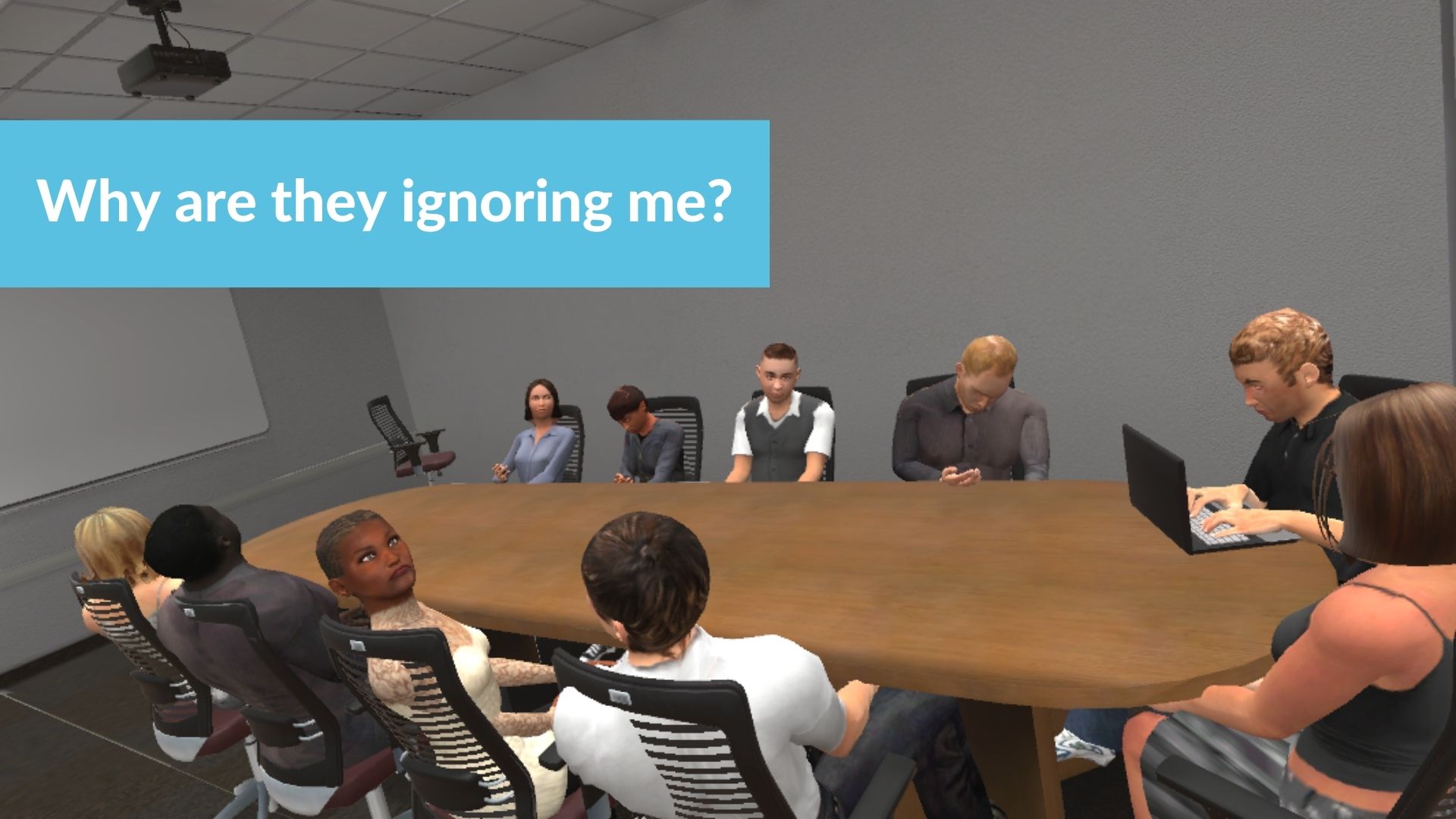Your cart is currently empty!

9 things that are alienating your audience
You prepared this fantastic presentation. You have everything ready, and yet… your audience isn’t engaging. Why?
It is a fact that some audiences are particularly difficult, but it is the speaker’s job to find a way to reach them. In fact, most of the time, if the audience isn’t engaging, it is because you’re doing one of these things.
1. Self-centered
Your presentation shouldn’t be about you; it is about your audience. Many presenters tend to make the presentation about themselves, their abilities, and knowledge. This usually reflects in a less interactive presentation. One based on the old patterns of master and pupil.
Instead, your primary focus should be to give something of value to your audience. Help them solve a problem, or inspire them to take some action. Avoid the lecturing feeling in your audience. Provide them some opportunities to engage instead.
2. Praising yourself too much
This one goes in line with the previous point. The best way to alienate your audience is to tell them how amazing you are, what an expert you are, and how many degrees (with all details) you have. You’ll sound arrogant, or worse.
They just want to learn from you. So let them make their own conclusions about how amazing you are.
3. No preparation
You are a busy person, and many other things need your attention. Besides, you know the topic, and you already have an idea of what to say, so you’ll improvise, right? No, wrong!
You may think you’re very good at improvising, but your audience will notice. You’ll repeat yourself. You’ll be going around the same idea, back and forth, you’ll use more filler words, the message gets confused and the its goal is lost… it is a terrible idea.
4. No movement
When the speaker doesn’t move, their body is too tense, and their voice becomes monotone. The audience will stop paying attention. The absence of movement makes it impossible for them to focus.
Purposeful movements on the stage are essential to catch your audience’s eye.
5. Talk too much, say to little
I know you want to emphasize, and most advice tells you to repeat your message, but it must be meaningful. Rambling around the topic has no interest or value for your audience. You can fight this with preparation!
Instead of repeating the exact words over and over, tell stories and give examples that illustrate what you just said. Make it interesting and give them valuable information. They are looking for your insights and opinions more than the data.
6. Five more minutes
You have so much to say that you tend to extend your presentation’s time. This is a big “no”! Even if it is just for a couple of minutes more, your audience will not like it. They took some time of their lives to be there, and you are disrespecting their time.
Sometimes, even when you prepare intensively, you can run out of time before expected. This happens because, during the preparation, you do not have an actual audience reacting to what you’re saying. The best way to avoid this situation is, during preparation, to decide which parts you can cut in case of need.
7. Jargon
Unless you target your audience is very specifically into one single field, and they are highly educated within it, don’t use jargon.
Your audience will not like it, and you face the risk that at least a part of it doesn’t understand your message.
Never use your vocabulary to look sophisticated – in fact, this is often a sign that you aren’t sure of your abilities. Instead of big words, choose to explain yourself so that everyone understands. That’s how you show your abilities.
8. Bad Examples
Using the right example is one of the best ways to get your audience interested and pass the message. Yet, the wrong example can damage all the hard work you had until that moment.
What’s a bad example? Well, something your audience can’t understand. This can happen because they are unfamiliar with the concept or your example is far too different from what you were explaining. This way, they have trouble transferring the message to that particular example.
The best way to deal with it, it’s to use examples anyone could relate with.
9. Bad taste jokes
This point may sound very obvious. Yet the problem begins when you realize that something perfectly acceptable for you to joke about, may not be for your audience. It is an embarrassing situation that no one would like to experience.
Avoid any references to situations that can bring up strong emotions. For example, it is very common to see a speaker joke about mothers-in-law or exes. While they can be hilarious, they can also bring up difficult situations. Instead, prefer everyday objects and situations that everyone can relate to.
Prepare to conquer
Alienating an audience is easier than you could think, but it depends on your behavior. Once you know what to avoid, preparing a killer presentation is in your hands. Train exhaustively and watch yourself to ensure that none of the situations above pass unnoticed.
Focus on your audience and when in doubt, close your eyes and think about all possible reactions to what you’re preparing to say or do. Respect your audience and make your presentation interesting for them.
Cátia is a psychologist who is passionate about helping children develop and train social skills.



Leave a Reply